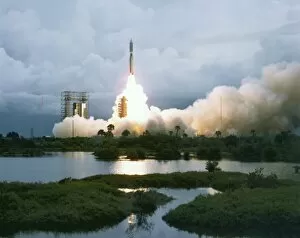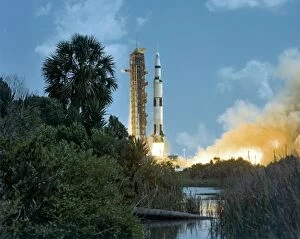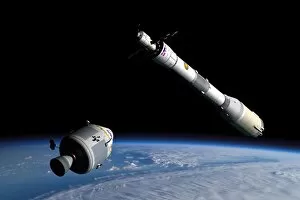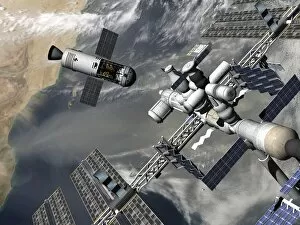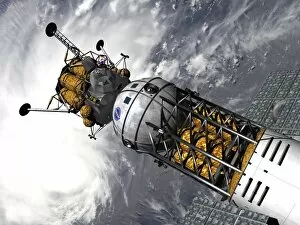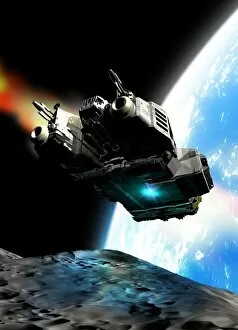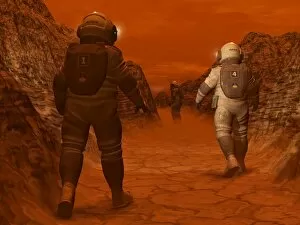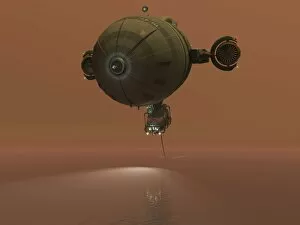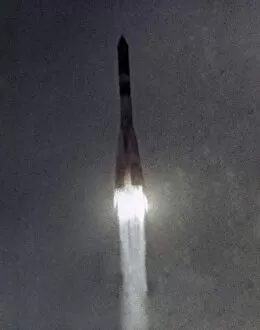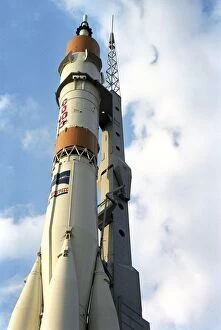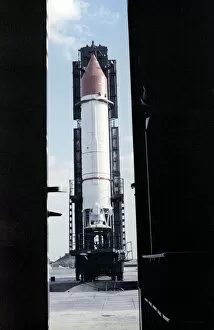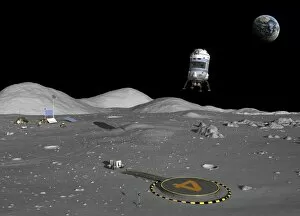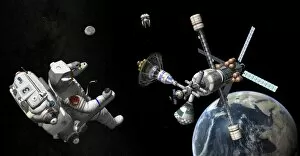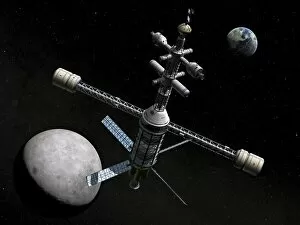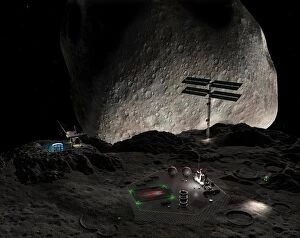Astronautical Engineering Collection (page 6)
"Astronautical Engineering: Pioneering the Boundless Frontiers of Space Exploration" Embarking on a journey that transcends earthly boundaries
All Professionally Made to Order for Quick Shipping
"Astronautical Engineering: Pioneering the Boundless Frontiers of Space Exploration" Embarking on a journey that transcends earthly boundaries, it has propelled humanity's quest for knowledge and discovery. From the installation of the iconic Vostok spacecraft, which marked a pivotal moment in space exploration with its launch into orbit, to witnessing the awe-inspiring sight of the Vostok 1 Soviet spacecraft soaring through Moscow's skies atop the mighty Vostok rocket. The indomitable spirit of human ingenuity continued to push boundaries as brave astronauts embarked on daring spacewalks, defying gravity and venturing beyond our planet's atmosphere. The SpaceX Dragon capsule gracefully docked at the International Space Station (ISS), serving as a testament to mankind's relentless pursuit of innovation. Not limited to peaceful endeavors alone, it also played an integral role in shaping history. An American orbital weapons platform stood as a symbol of technological prowess while missions like Phobos unleashed rockets that released spent propellant stages into deep space. Envisioning future possibilities, artists' renderings depicted Mars bases where humankind could one day establish footholds on another celestial body. The visionary mind of Wernher von Braun, an esteemed aerospace engineer, paved the way for groundbreaking advancements that would lead us closer to reaching distant worlds. Captured forever in photographs were moments etched in history - Apollo 17 lunar module touching down on lunar soil and Lunokhod 2 lunar rover traversing uncharted terrain. These achievements showcased not only scientific progress but also humanity's unwavering determination to explore new frontiers. Astronautical engineering continues to propel us towards unimaginable horizons – from designing cutting-edge spacecrafts capable of interplanetary travel to developing technologies enabling humans to live and work in outer space. With each passing milestone, we inch closer towards unraveling mysteries yet unknown and fulfilling our innate desire for cosmic exploration.







